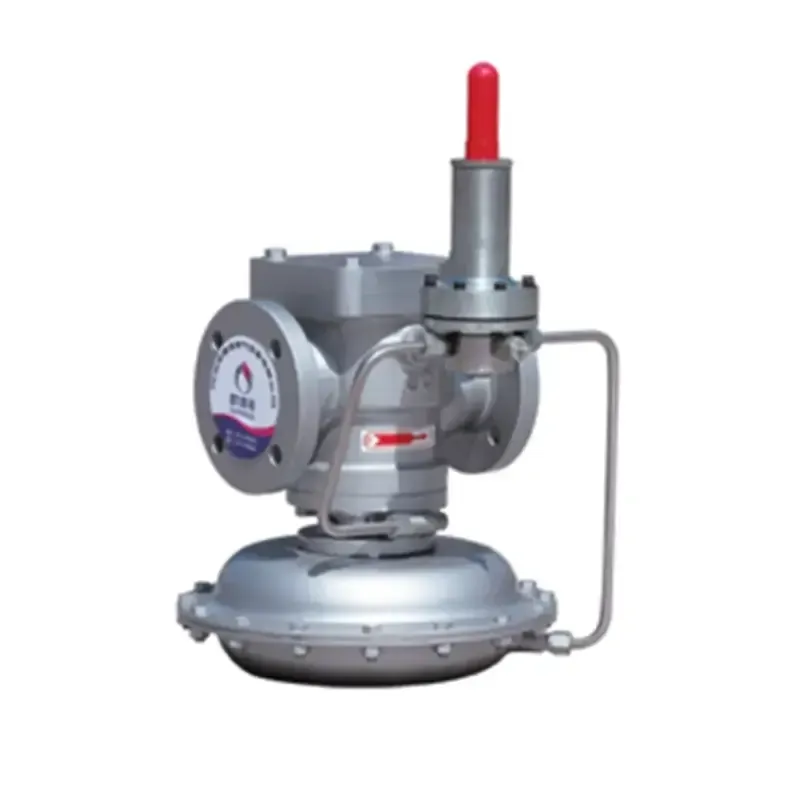
Nov . 21, 2024 21:58
Back to list
pressure reducing device
Understanding Pressure Reducing Devices Their Importance and Functionality
Pressure reducing devices play a critical role in various industries, including manufacturing, oil and gas, water supply, and even home plumbing systems. These devices, as the name suggests, are designed to reduce and control the pressure of fluids (liquids or gases) flowing through a system. They are essential for ensuring safety, efficiency, and reliability in numerous applications.
At its core, a pressure reducing device is designed to lower the inlet pressure to a desired outlet pressure. This is crucial because high-pressure fluids can cause damage to piping systems, equipment, and even endanger personnel. For instance, if water is supplied to a residential building at a pressure that is too high, it may lead to burst pipes or leaks. Similarly, in industrial settings, high gas pressures can pose significant risks, including explosions or system failures.
There are various types of pressure reducing devices available, each tailored for specific applications. One of the most common types is the pressure reducing valve (PRV). PRVs automatically maintain a preset outlet pressure regardless of fluctuations in inlet pressure, ensuring a constant flow of fluid at a desired pressure level. These valves typically feature a diaphragm and a spring mechanism that reacts to changes in pressure, making them both efficient and reliable.
Another important type of pressure reducing device is the regulator, commonly used in gas applications, such as natural gas distribution systems. Regulators function similarly to PRVs, but they are specifically designed for gases, controlling their pressure and flow with precision. The regulators ensure that the gas supplied to appliances and equipment maintains a safe and uniform pressure, which is vital for efficiency and safety.
pressure reducing device

In the context of water supply systems, pressure reducing valves are often installed directly after the main supply line. This installation helps manage the water pressure entering a building, providing a safeguard against potential plumbing issues. Many municipalities require these devices to be installed in residential areas to protect the integrity of the water distribution network.
The functionality of pressure reducing devices is not just about safety; they also contribute to energy efficiency. By maintaining optimal pressure levels, these devices help reduce energy consumption in heating and cooling systems. For example, in HVAC systems, a pressure reducing control mechanism can lead to a more efficient operation, lowering energy costs while providing comfortable indoor environments.
Moreover, the selection of a pressure reducing device must consider several factors, including the type of fluid, the desired pressure reduction, flow rates, and environmental conditions. Engineers and designers typically evaluate these factors during the planning phase of a project, ensuring that the correct device is chosen for the specific needs of the application.
Maintenance of pressure reducing devices is also crucial for their longevity and performance. Regular inspections can help identify wear and tear, ensuring that the devices function properly without leaks or malfunctions. Establishing a routine maintenance schedule can extend the lifespan of these devices, thereby enhancing the overall reliability of the system they serve.
In conclusion, pressure reducing devices are indispensable components in various fluid transportation systems. Their ability to regulate and maintain pressure not only ensures the safety of systems and personnel but also enhances operational efficiency. As industries continue to evolve and adopt more advanced technologies, the role of pressure reducing devices will only become more significant, underscoring the importance of understanding their functionality and maintaining their effectiveness in numerous applications.
Next:
Latest news
-
Safety Valve Spring-Loaded Design Overpressure ProtectionNewsJul.25,2025
-
Precision Voltage Regulator AC5 Accuracy Grade PerformanceNewsJul.25,2025
-
Natural Gas Pressure Regulating Skid Industrial Pipeline ApplicationsNewsJul.25,2025
-
Natural Gas Filter Stainless Steel Mesh Element DesignNewsJul.25,2025
-
Gas Pressure Regulator Valve Direct-Acting Spring-Loaded DesignNewsJul.25,2025
-
Decompression Equipment Multi-Stage Heat Exchange System DesignNewsJul.25,2025

